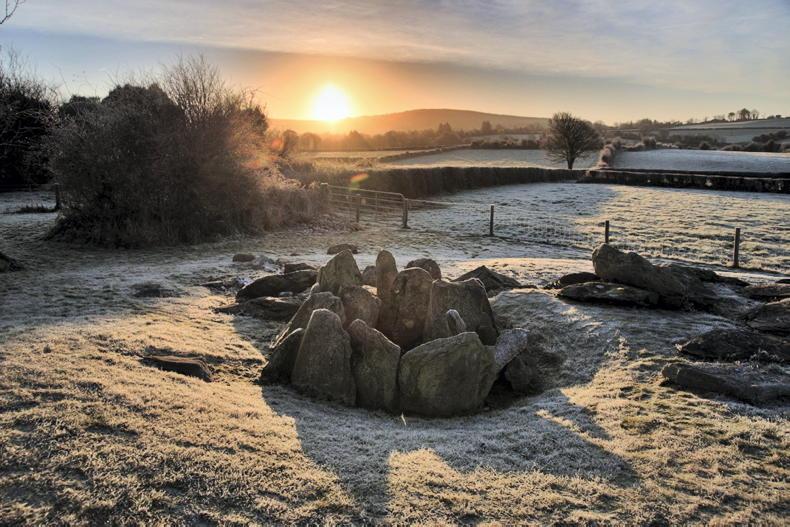In a BaZi chart not only each branch is compared to the Day Master (the most important comparison is made using the branch of the month) but each pillar is also evaluated independently and each stem is examined in relation to the branch that supports it.
The cycle of the “12 stages of growth” (十二长生 literally the “12 long life”) is used to assess the seasonal strength (which is determined by the branch) of the elements and stems in the four pillars.
Lingnan University will launch two new TPG programmes, MA in China and Regional Studies and MA in Social Entrepreneurship and Innovation Management this September. MA in China and Regional Studies incorporates courses from a range of disciplines, including Political Science, Cultural Studies, Sociology, Economics, and Urban Studies. However, if we were evaluating the stages for the element Fire in relation to Chou, Mao, Si and Wei we should obtain instead: Yang (12 – rear), Mu Yu (2 – Bath).
In this post I will try to explain the difference between evaluating the seasonal strength of an element and the seasonal strength of a Yin/Yang stem.
In the last two rows of the chart below I:reported the Qi stages of

- the Day Master – purple row
- each steam in relation to the branch supporting it (pillar stages) – gray row
In the example below you can see that the stages for Ding in relation to Chou, Mao, Si and Wei are Mu (9 – grave), Bing (7 – sickness), Di Wang (5 – imperial prosperity) and Guan Dai (3 – wearing hat). However, if we were evaluating the stages for the element Fire in relation to Chou, Mao, Si and Wei we should obtain instead: Yang (12 – rear), Mu Yu (2 – Bath), LinGuan (4 – arriving officer) and Shuai (6 – waning). Similarly, the Water stage associated with Mao should be Si (8 – Death) and not Chang Sheng (1 – Birth) as in the case of Gui.
Linguanaut
These differences are due to the fact that evaluating the seasonal strength of an element is not the same as evaluating the stage of a stem because a stem can have yin or yang qualities.
This can be explained as follows:


Linguang Zhang
The Yang and the Yin follow different cycles. The Yang moves clockwise according to the months progression (yin-branch – mao-branch – chen-branch … to chou-branch) whereas the Yin moves anticlockwise against the cycle of months. Furthermore it is assumed that the yang is born when the yin is dead and, vice versa, the yin is born when the yang is dead.
The 12 stage cycle goes as follow Funding & scholarshipsswsmac student group.
- 长生 ChangSheng – the stage of ‘Birth’
- 沐浴 MuYu – the stage of ‘Bath’
- 冠带 GuanDai – the stage of ‘Wearing Hat’.
- 临官 LinGuan – the stage of ‘Arriving Officer’
- 帝旺 DiWang – the stage of ‘Imperial Prosperity’
- 衰 Shuai – the stage of ‘Waning’
- 病 Bing – The stage of ‘Sickness’
- 死 Si – the stage of ‘Death’
- 墓 Mu – the stage of ‘Grave’
- 绝 Jue – the stage of ‘Extinct’
- 胎 Tai – the stage of ‘Womb’
- 养 Yang – the stage of ‘Rear’

This means that in the case of the WATER element
Ren-stem
Linguan Data
- is born (长生 ChangSheng – stage1) in Shen-branch
- is dead (死 Si – stage8) in Mao-branch
which is what we studied during the CPD when evaluating the seasonal strength of water; however,
Linguang Jun
Gui-stem
Www.linguanet.ru
- is born (长生 ChangSheng – stage1) in Mao-branch (when the yang Ren-stem is dead)
- is dead (死 Si – stage8) in Shen-branch.
Linguance
The stages for all the other stems can be derived from the table below
